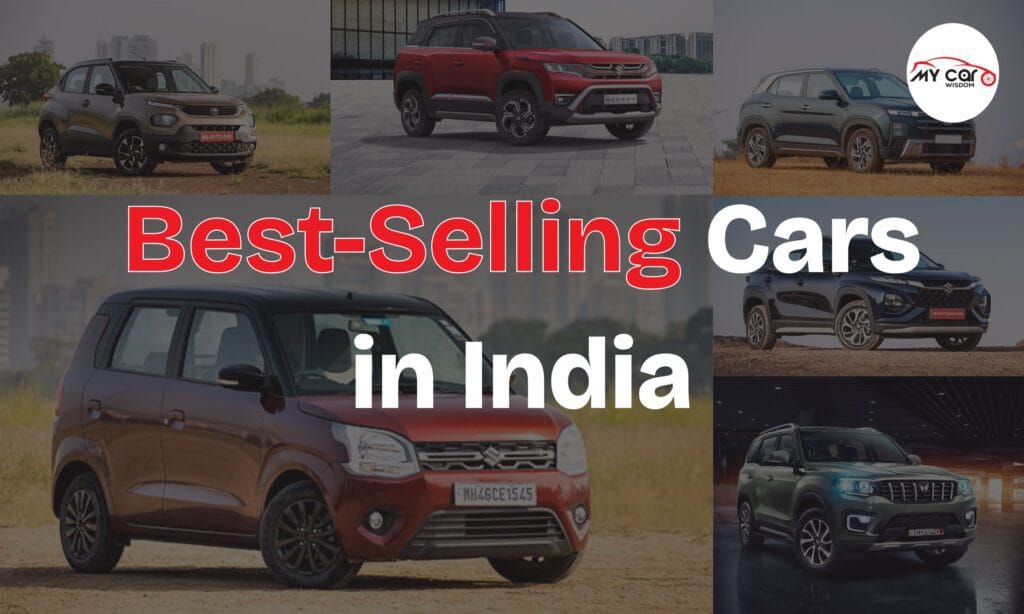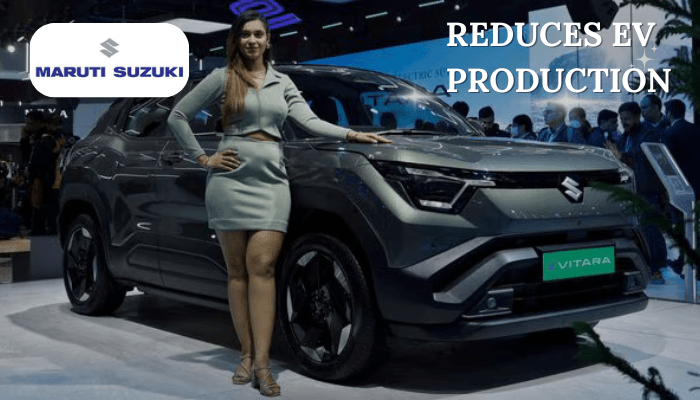Last May, India’s EV market reached a great milestone, showing rapid growth. In keeping with the latest information from FADA, electric cars accounted for 4.1% of the total sales of passenger vehicles for that month. This shows that the trend of choosing electric cars is growing, since it is better than the 2.6% of May 2024 and the 3.5% of April 2025.
Now, let’s check the data, big brands, latest technology, and how it affects the car industry in India.
EV Sales: The Numbers Behind the Growth
- Total Electric Cars Sold (May 2025): 12,304 units
- Same Month Last Year (May 2024): 8,029 units
- Year-on-Year Growth: Over 53%
- Market Share: 4.1% of total passenger vehicle sales
This sharp rise is not just a one-time thing—it shows people trust EVs more now. Charging stations are improving, and buyers have more EV models to choose from.
Who’s Leading the EV Race? Top-Selling Brands
1. Tata Motors

- Units Sold: 4,351
- Market Share: ~35% of EV sales
- Key Models: Nexon EV, Tiago EV, Tigor EV, Punch EV
Tata Motors is still the leader in India’s EV market. It got a head start, has good service support, and offers EVs for both city and small-town users. The Nexon EV is still very popular because of its good range, features, and price.
2. JSW MG Motor
- Units Sold: 3,765
- Year-on-Year Growth: 149%
- Key Models: MG ZS EV, Comet EV, MG Windsor Pro EV
MG Motor has grown fast, especially with its new models like the Windsor Pro EV. The brand focuses on good range, safety, and smart features, which urban users like a lot.
3. Mahindra & Mahindra
- Units Sold: 2,632
- Key Models: XUV400 EV, eVerito
Mahindra’s XUV400 EV is popular among those seeking a robust SUV with electric power. The company already has a strong understanding of the SUV market, which enables it to effectively meet Indian driving needs.
Together, these three brands sold more than 87% of all-electric cars in May 2025.
Trends
1. Battery Technology
- Lithium-Ion Batteries: Most EVs use these as they offer good performance, long life, and are affordable.
- Range: New EVs now give 250 km (Tiago EV) to 450+ km (MG Windsor Pro EV) on one full charge.
- Charging: Fast charging is growing. Most cities now have 25kW to 60kW DC fast chargers, which can charge a car up to 80% in less than an hour.
2. Powertrain & Performance
- Motors: Many EVs use Permanent Magnet Synchronous Motors (PMSM), which are small and efficient but need rare-earth materials.
- Driving Feel: EVs give full power instantly from 0 speed, making them smooth and quick—perfect for city driving.
3. Connected Features
- Smart Features: Remote car monitoring, health check, and software updates are becoming common.
- Safety: More EVs now come with advanced features like ADAS, airbags, and stability control.
Challenges
Even with this progress, there are some risks:
- Rare-Earth Magnets: China has cut exports of these magnets, which are needed in EV motors. This could slow down production and increase prices.
- Battery Materials: Countries are fighting for lithium, cobalt, and nickel. This can make batteries cost more and harder to source.
FADA has said that if India doesn’t find other sources or make these locally, EV sales growth might slow down.
Policy & Investment
The Indian government is trying to help the EV industry grow faster:
- New Investment Plan: Companies investing at least ₹4,150 crore can import up to 8,000 electric cars per year with only 15% customs duty.
- Goal: Bring more global EV brands to India, boost local factories, and create healthy competition.
This move will likely bring new carmakers and push current brands to increase local production and research.
What’s Next for India’s EV Market?
1. More Choices for Consumers
Thanks to strong demand and government help, many new EV models will launch—from budget hatchbacks to luxury SUVs.
2. Better Charging Network
Both private and public money is being used to install more charging points. This will help reduce one of the main worries of EV buyers.
3. Local Production
To avoid import issues, car companies are looking to make batteries, motors, and other EV parts in India.
4. Better for the Environment
As more EVs hit the roads, there will be fewer exhaust fumes. This will help improve air quality and support India’s climate change goals.
Conclusion
There is a major step ahead for India’s electric car development in May 2025. As more than 12,000 electric cars were sold in India this year, and Tata, MG, and Mahindra being in the lead, it’s easy to see that EVs are already part of our present. Even though there are still issues with ingredients for batteries, support from the government and modern technology will help EVs in India do well.
Want More Auto Insights? Follow My Car Wisdom for Daily Updates.
Raja Yadav, the content writer at My Car Wisdom, brings a unique voice and style to our blog. With a knack for storytelling and a keen eye for detail, Raja ensures that every piece of content is informative, engaging, and easy to understand. His focus is on delivering high-quality articles that cater to both novice car owners and seasoned automotive enthusiasts.




